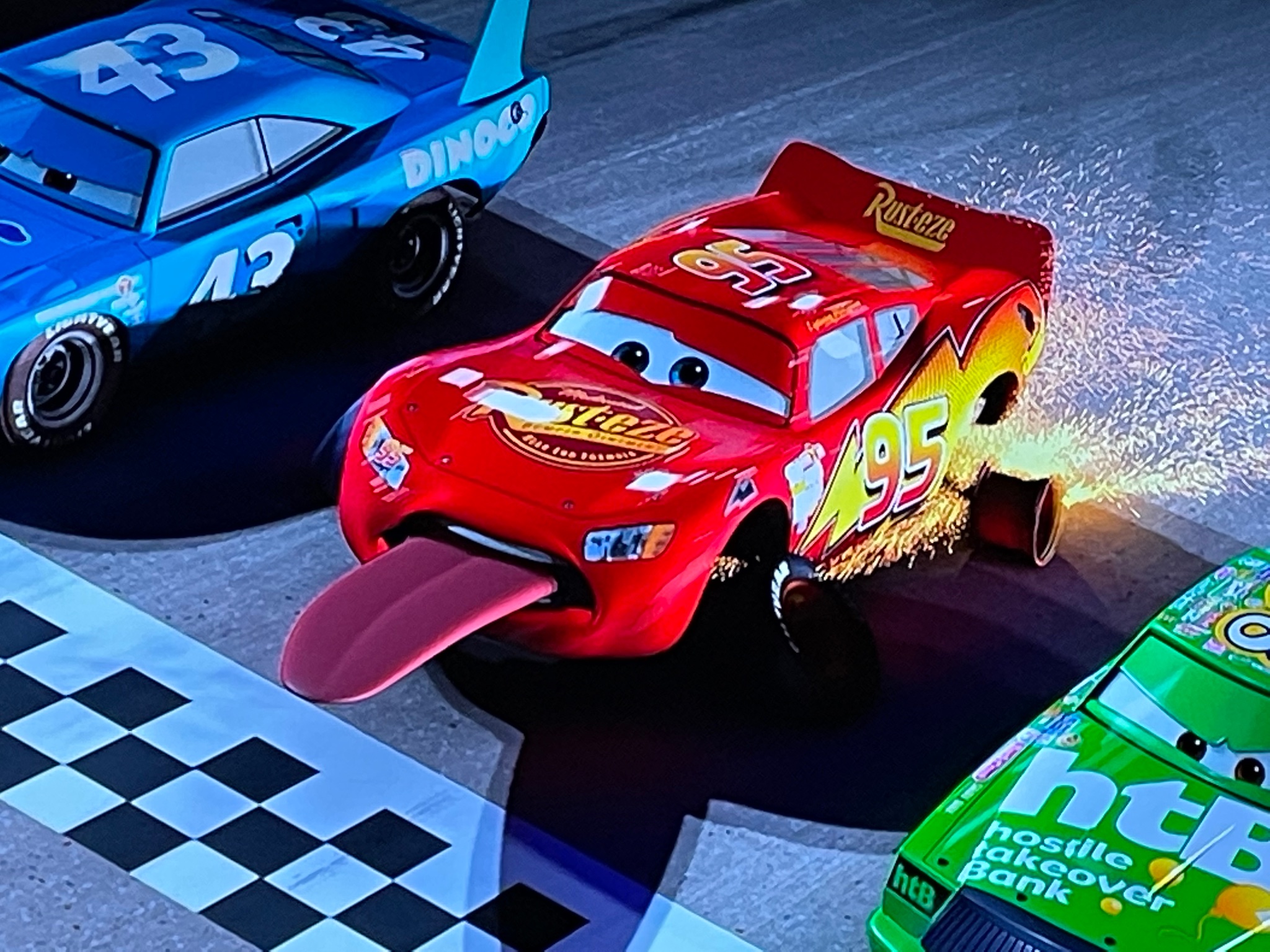That rolling shutter
interestingasfuck
Please go to [email protected]
I was just thinking, do they not have high speed global shutter cameras for this purpose?
Seems like the Olympic athletics would be one of the obvious applications of that kind of camera
It’s by design. They photograph only one slice repeatedly at the finish and then paste them all together. That means that everything you see here was at the same location, not at the same moment in time.
So, to clarify - the x-axis is time, not space? That's pretty cool.
Exactly, so on this photo you can see exactly who finished at what position, because it’s all taken at the finish line.
everything you see here was at the same location, not at the same moment in time.
Wouldn't that mean that it shows everyone crossing the finish line at the same time? Since they were all at that location eventually.
(I've read the wikipedia page and the rest of the comments here, but I still don't get what's going on.)
Imagine a camera with only one column of pixels, so a resolution of 1x3000, for example. You point it in a fixed direction and you keep firing extremely fast. Eventually you’ve photographed everything that has passed the camera. Paste the pixels together from right to left, and you’ve got something resembling a normal photograph, but with some distortions due to the time difference between the photos. For example, if someone put their foot on the ground in front of the camera, it will be stationary between photos and appear smeared out in the final result. Since every column of pictures is made at the exact same location, you can determine that the person on the right has finished first and the person on the left last. They apparently measure this at the level of the torso (the red lines).
Nice explanation
Imagine a camera with only one column of pixels, so a resolution of 1x3000, for example. ....
Paste the pixels together from right to left ...
... They apparently measure this at the level of the torso (the red lines).
Oooh, these were the facts that I was getting hung up on. Thanks for the explanation!
Ahh so if I understand correctly, the track and the ads behind them are actually the same part of the track, instead of the area actually behind them?
The red lines on the finish line are real and the ads are projected from a small vertical projector at the other side of the track and are not visible in real life.
That seems to contradict the banner on the top of the photo that is clearly a large horizontal banner seen from a wide field of view
That banner wasn't actually there in real life
A mixed reality photo finish is going to be confusing for the viewer when they try to make sense of this distorted photo.
Yes, the banner shouldn't have been there.
I linked the technique used in the body post to try to clarify.
Yeah! I read it, but I thought it couldn't be related because the example photo in wikipedia demonstrates a very specific background effect. So I was confused :)

Also, who do the wildly varying shadows work in the silt photo effect? That means there are very different light sources at very different angles on the runners
The background/track here is completely white because you are only seeing the finish line. It's the same effect, but the finish line is solid white. So the background is solid white.
And the shadows, you gotta remember you are only seeing the slices of the shadows as they were at the finish line itself at different points of time so to might get part of an arm and part of a leg at different angles that are then stitched together.
Edit: this might be better.. the shadows in front aren't being projected ahead. They are just happening at the line earlier than the shadows behind the runners. The only physical dimension here is up and down, right and left represent time, not forward or backwards.
So the Naruto run does have an advantage in real life!

Why is there no line on the ground that is the finish line?
Look at the Wikipedia page in the post body.
That’s really cool. Thanks!
